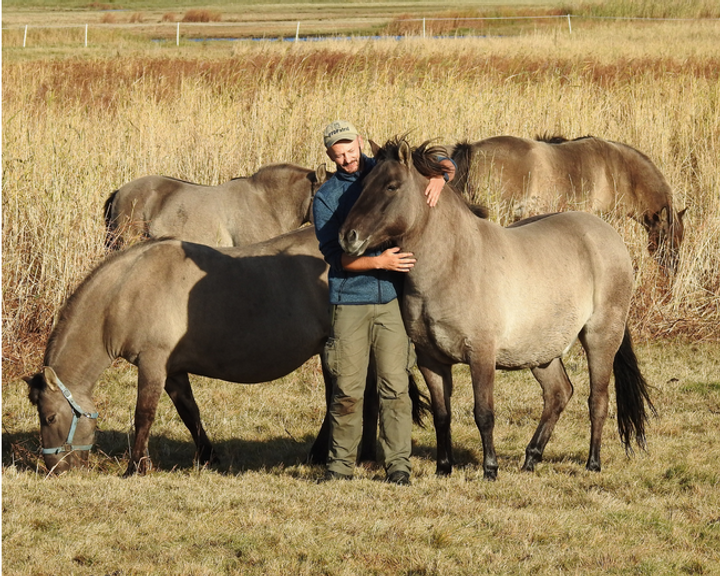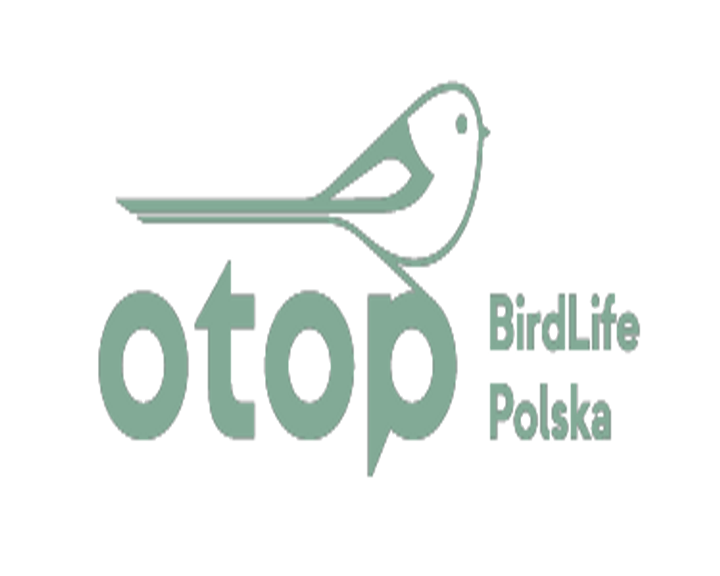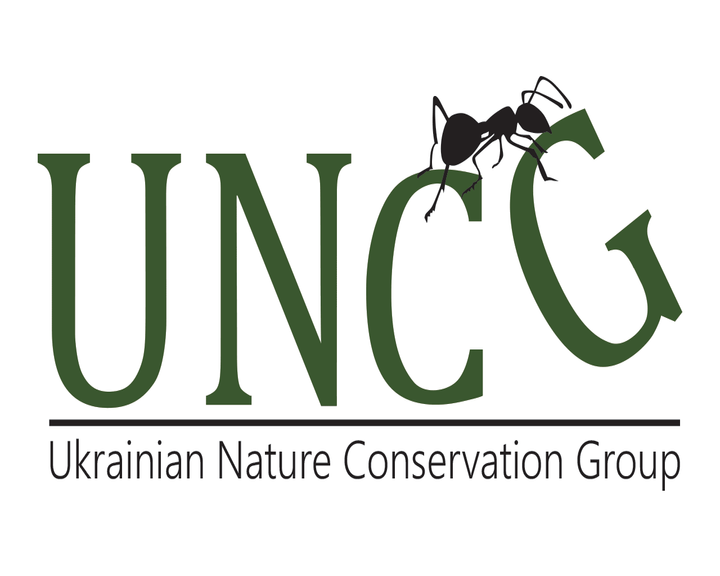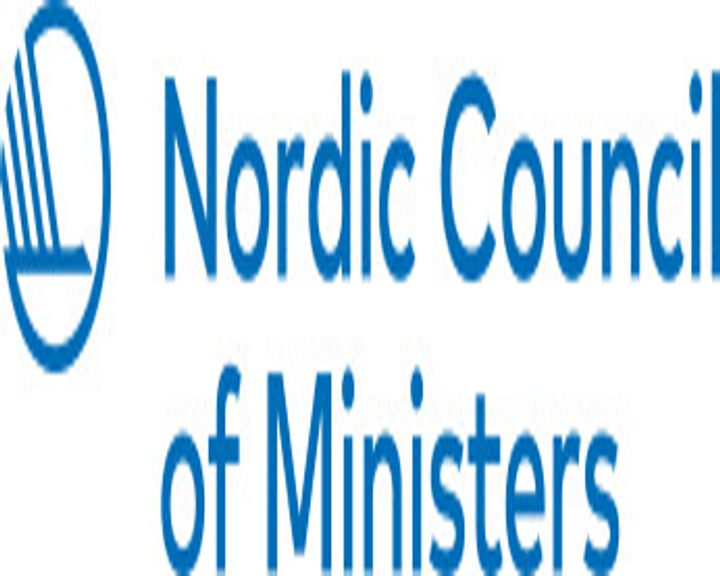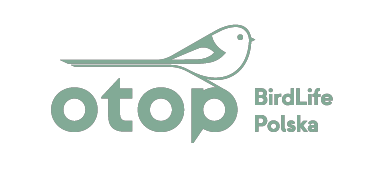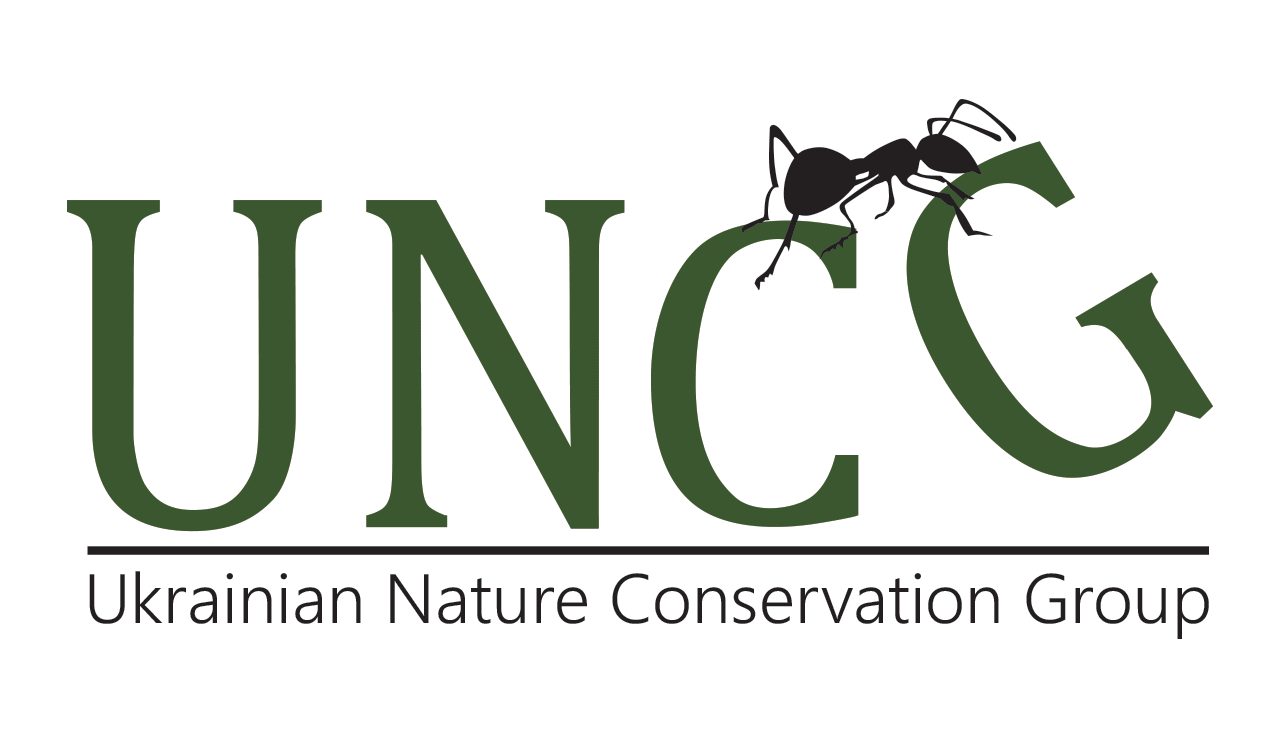

1988
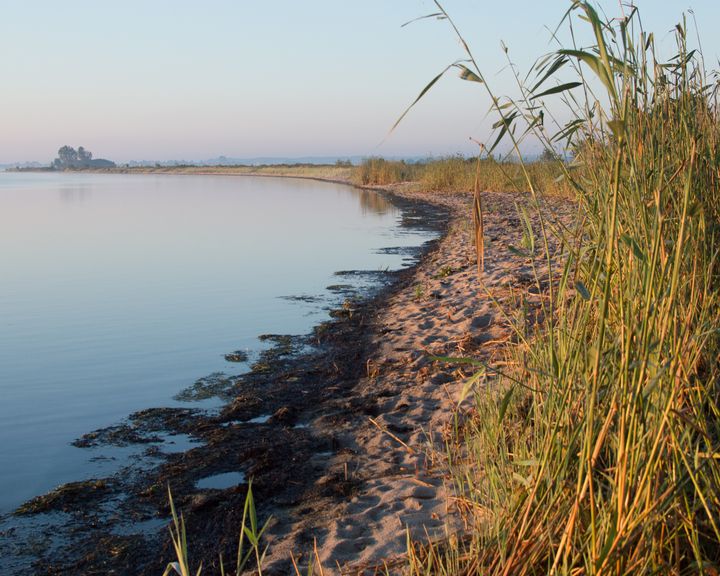
1999
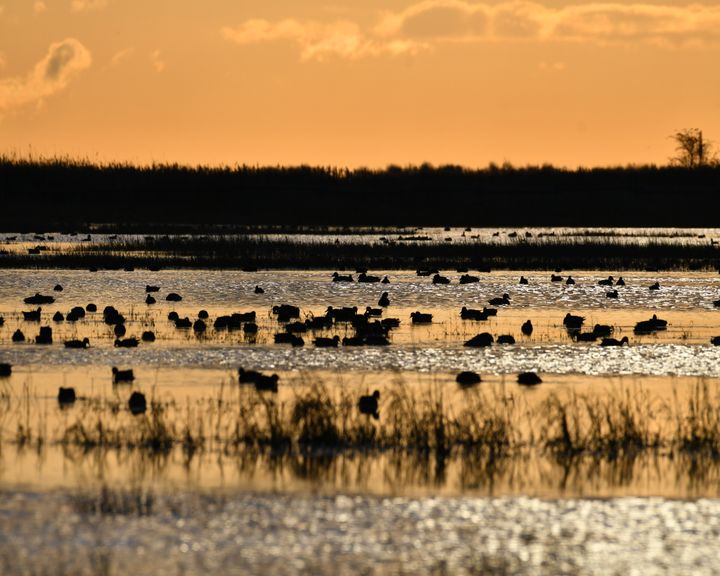
2018
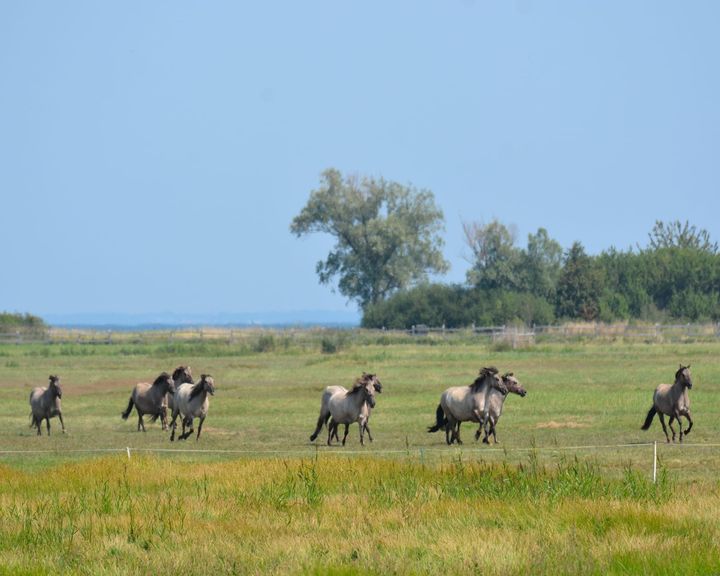
2019
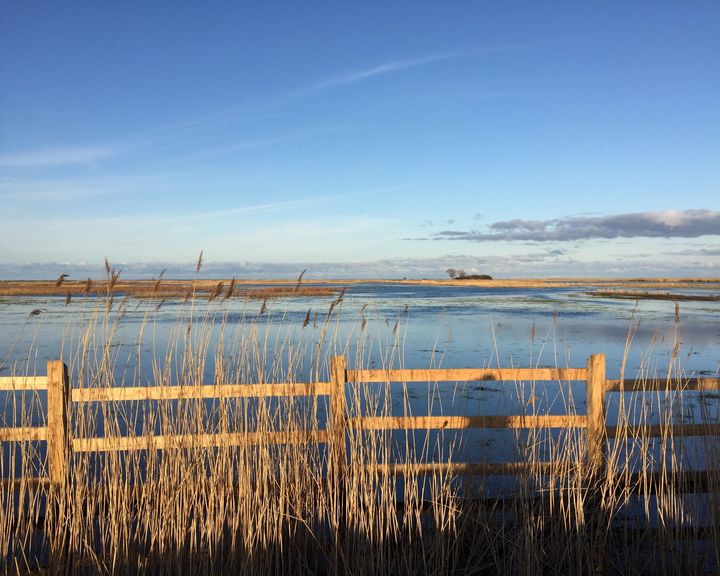
2025
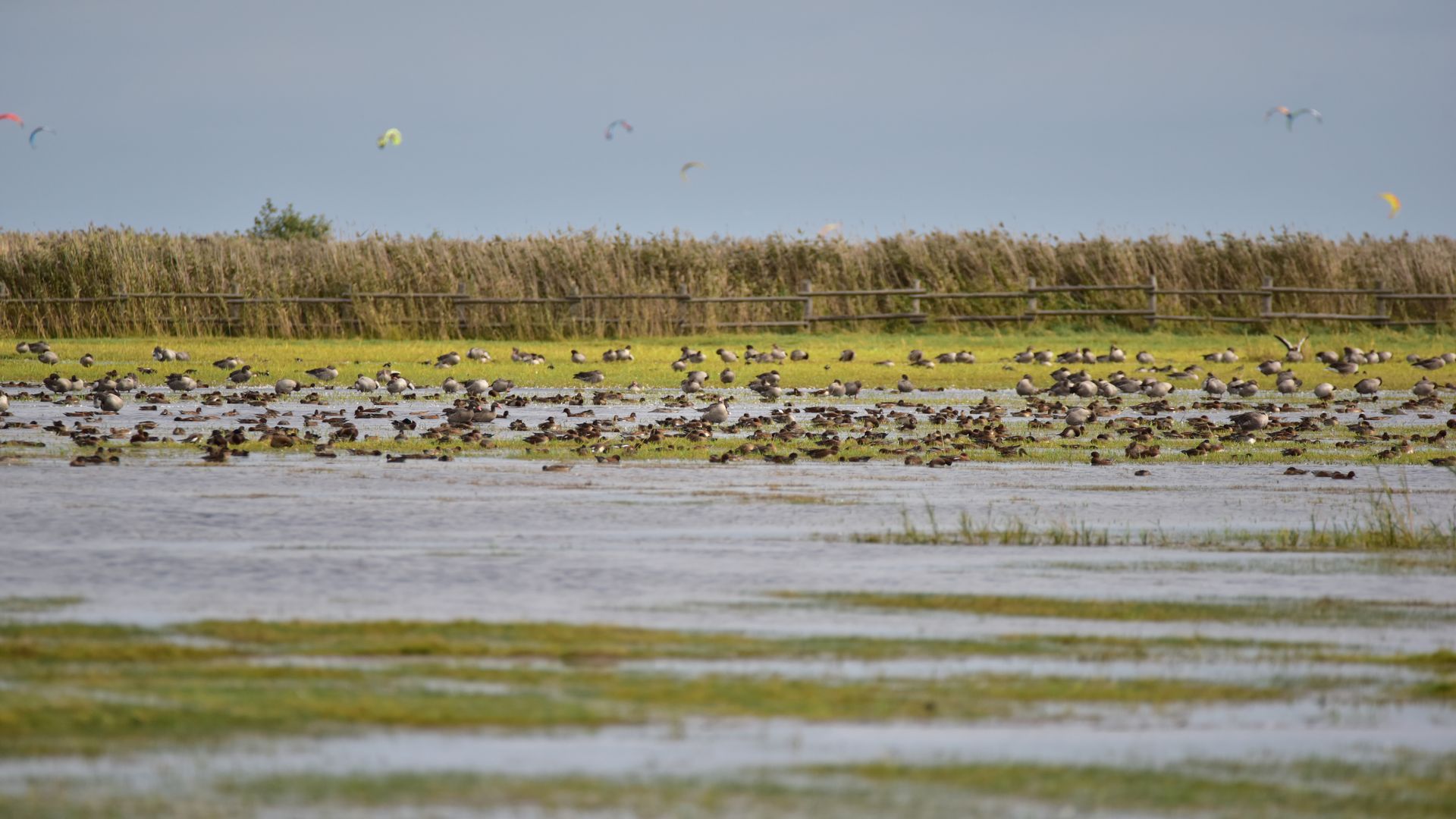
General view of Beka Nature Reserve Photo credit: Andrzej Popielski
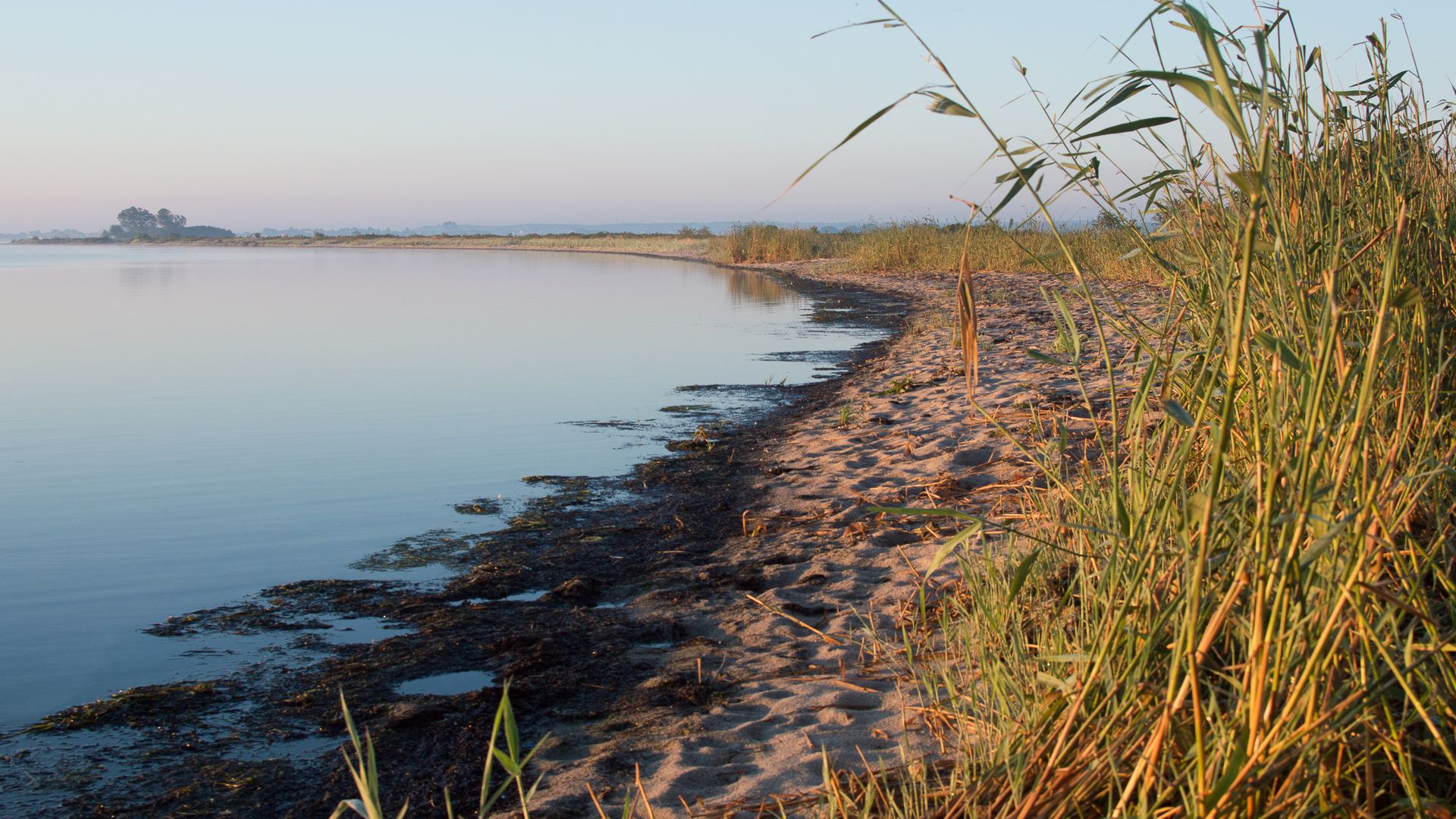
Beka nature reserve is located on the shore of Puck Bay (Baltic Sea). In the belt where land and sea meet, there is a narrow dune bank with pioneer vegetation. Photo credit: Michał Barcz

photo by Michał Barcz

photo by Michał Barcz
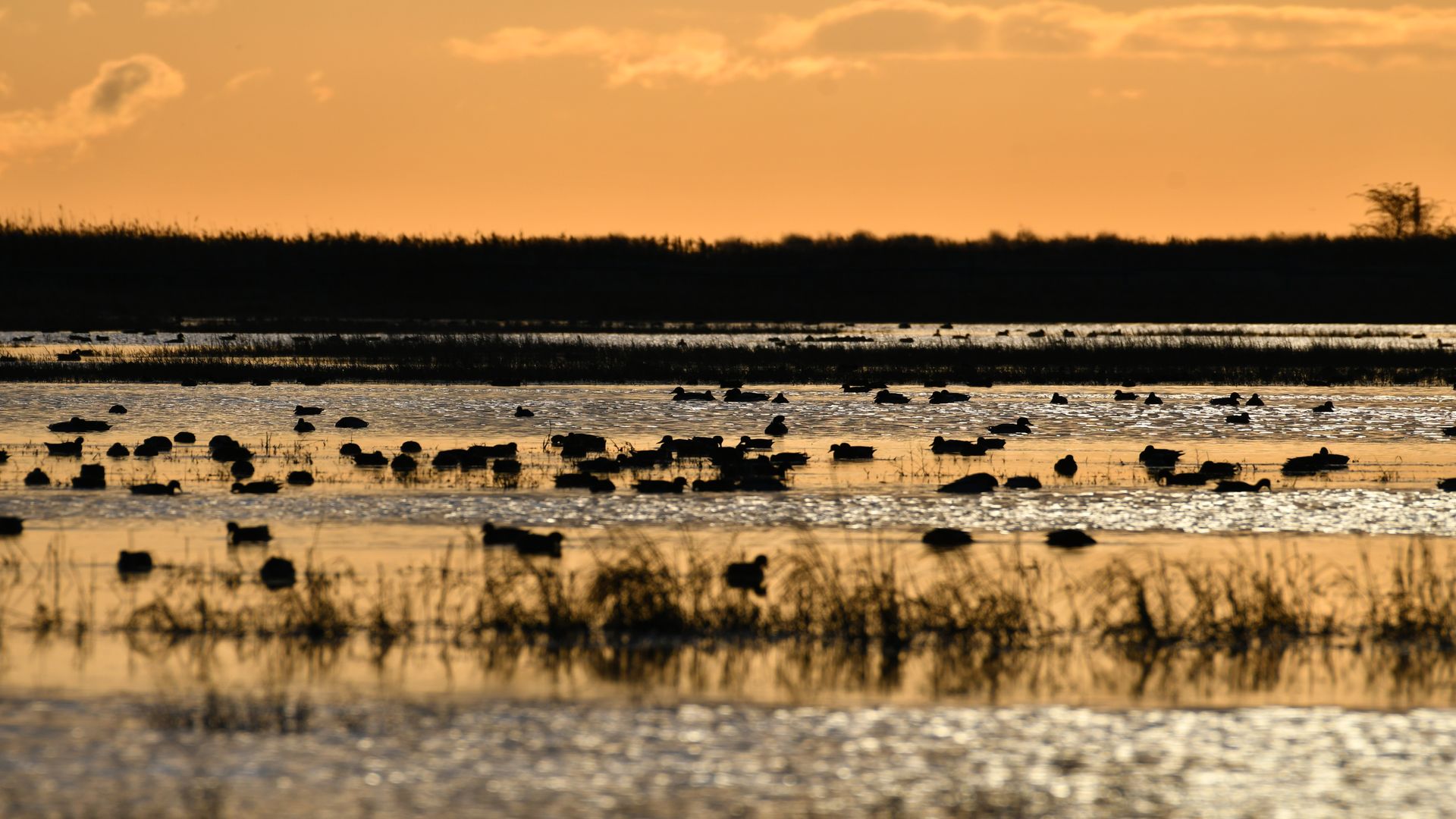
Salt meadows and birds are the greatest natural heritage of the Beka nature reserve. Photo credit: Barbara Drwal
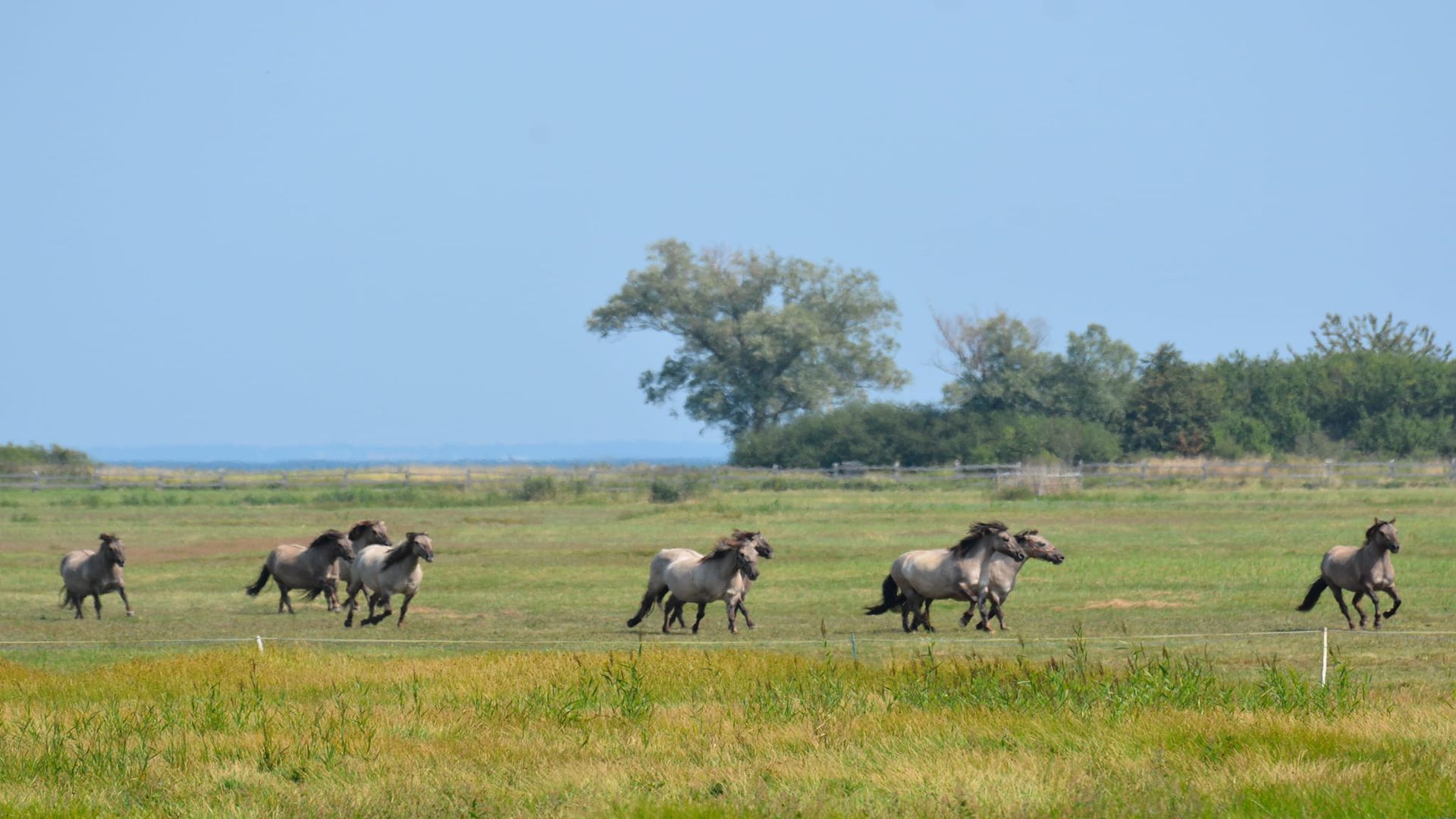
Extensive grazing by the Konik horse in the Beka nature reserve serves to keep semi-natural habitats in good condition. The Konik horse is a Polish old breed of horse that is extremely resistant to difficult field and weather conditions. Photo credit: Barbara Drwal

photo by Jarosław Wrosz
Materials about the Beka nature reserve
Videos
OTOP's Nature Observer's Guide. Beka Nature Reserve [PL]
Bird Radio OTOP | Episode 18. Mariusz Miotke talks about what the Beka reserve means for the natural world [PL]
Bird Radio OTOP | episode 4 | Andrzej Kośmicki and Mariusz Miotke on bird monitoring and the lapwing [PL]
How to be a guest in the Beka nature reserve? [PL]
Bird Radio OTOP | episode 6 | B. Błaszkowska and M. Machnikowski about Beka's plants, M. Miotke about horses [PL]
Bird Treasures of the Beka Reserve | Webinar [PL]
Beka Nature Reserve – a halophyte-friendly land [PL]
Bird Radio OTOP episode 7 | Sabina Buczyńska and Szymon Bzoma about shelduck, common mergansers and Pucyfik! [PL]
◀
▶
